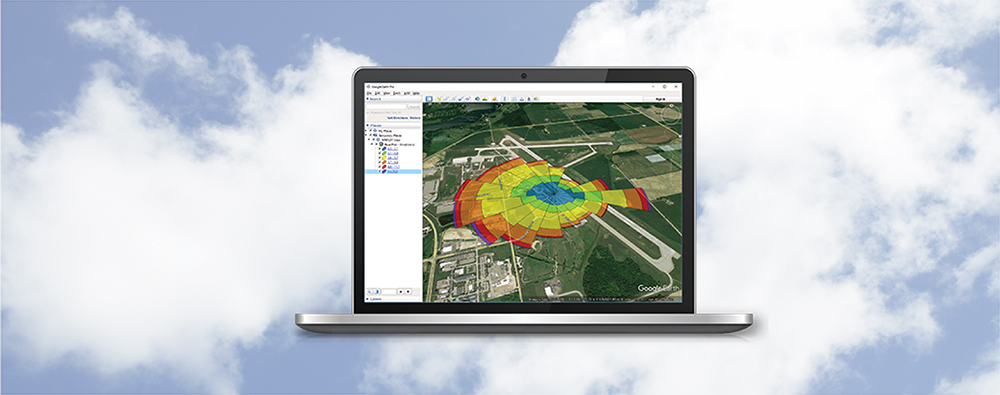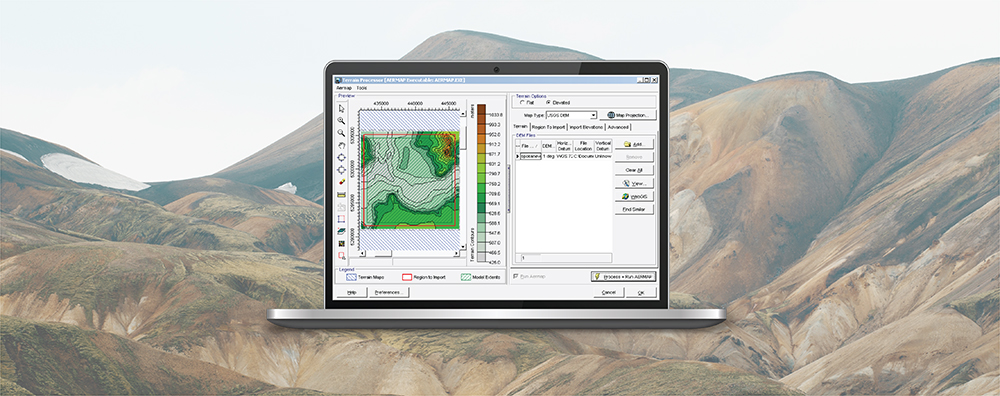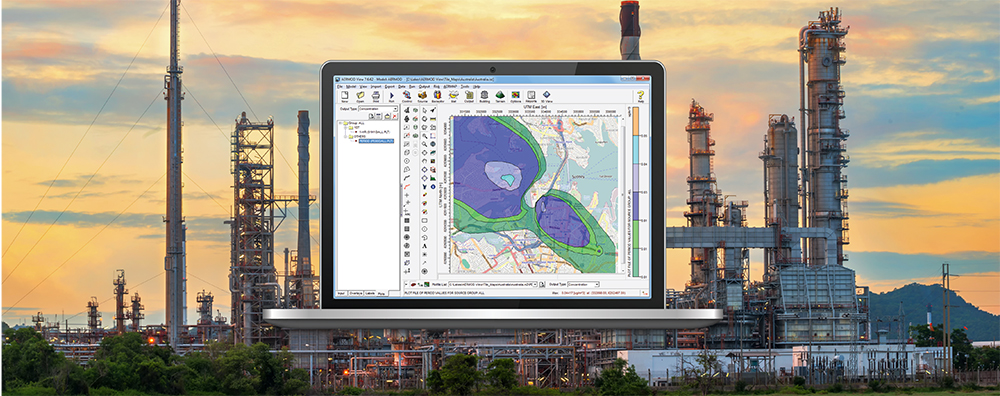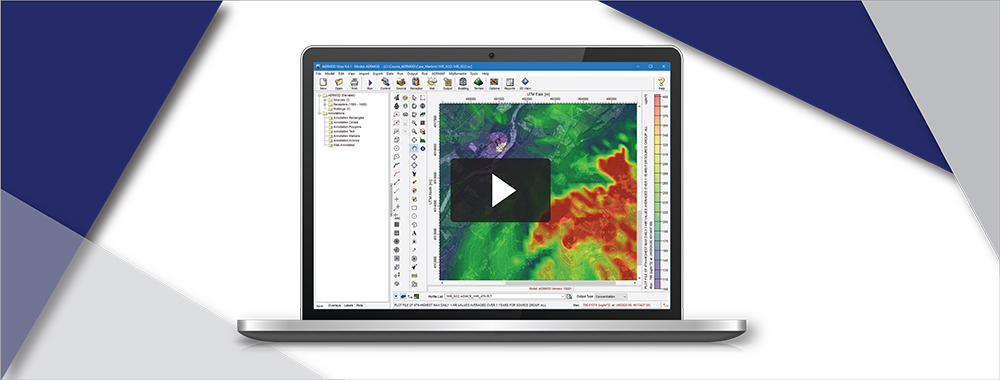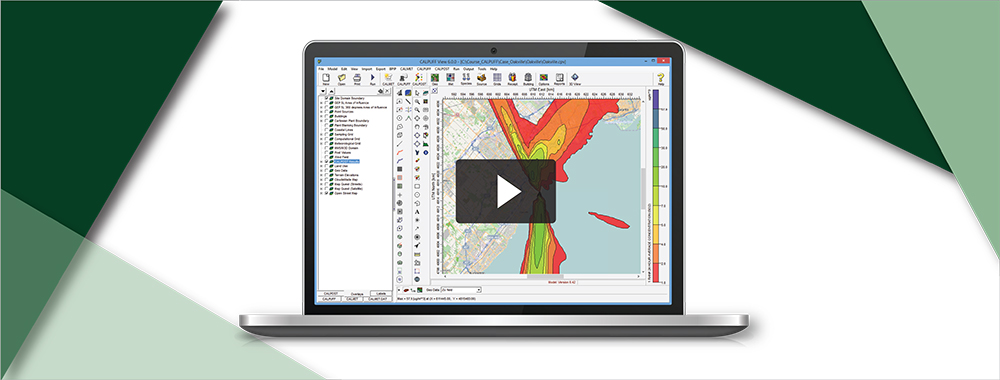AERMOD View: AERMET View’s Surface Met Data QA
The latest update to AERMET View (Version 9.7) includes a new tool which automates the process of assessing meteorological data quality using advanced quality assurance (QA) procedures. In a previous Modeling Tip, we highlighted the QA options built into the AERMET model. The tool analyzes the surface file output by AERMET (*.SFC) and reports quality of variables being passed to the AERMOD model.

